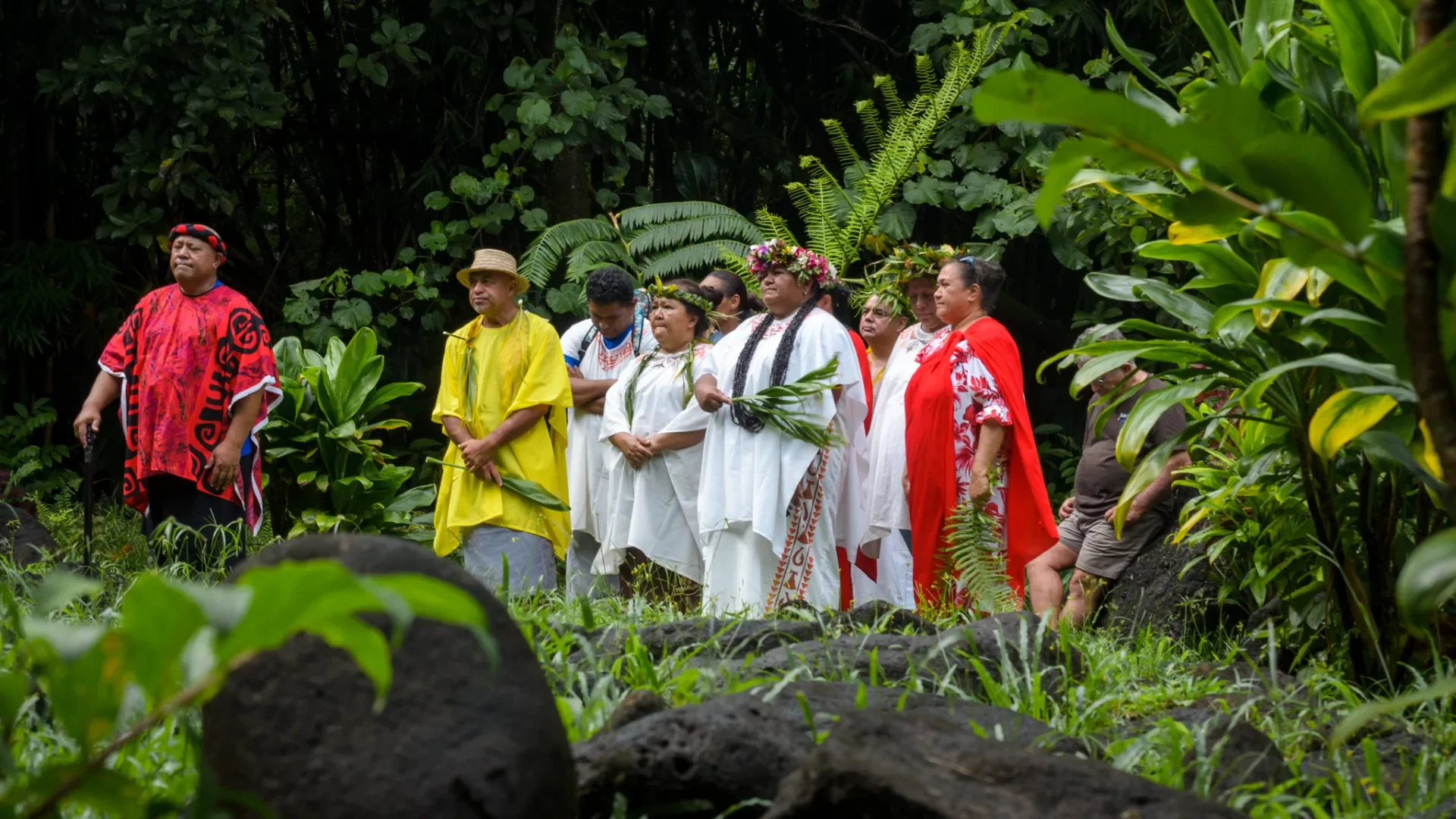- Culture
- Local celebration day
The Polynesian calendar is divided into two seasons: matarii i nia, the season of abundance, which begins on 20th November, and matarii i raro, the season of scarcity, which starts on 20th May. The passage from one season to the other is marked by a ritual to announce the arrival of abundance, in the rainy season of scarcity, in the dry season.

The Pleiades constellation signals the start of the period of abundance and fertility
Matari’i is the Tahitian name given to the Pleiades constellation, which is visible or not in the Polynesian starry sky throughout the year. The rising of the Pleiades, called matari’i i ni’a, coincides with the arrival of the rains. For six months, the land produces fruits in abundance and fish are more plentiful. Fauna and flora are at the peak of their reproduction. An opening to the spiritual circle through the tasting of a liqueur called kava allows visitors to connect with abundance. Joyful dances thank the land and sea for having kept their promises by feeding their people and enabling them to heal themselves thanks to all the virtues of the flora. In contrast, the descent of the Pleiades, known as matari’i i raro, heralds the onset of the dry, cool season. The Islands of Tahiti then enters a period of scarcity.
Was this content helpful?
Thank you
Thank you for taking the time to let us know that this content was useful to you. Your encouragement is important to us, and your feedback helps us improve.
Thank you
Thank you for taking the time to let us know that this content was not useful to you. We apologize for the inconvenience.
Share this content
Share this content
You will like also
- Gastronomy
- Culture
- Sailing
- Sport
- Va'a / canoe









 América del Sur
América del Sur
 Australia
Australia
 Belgique
Belgique
 Brasil
Brasil
 Canada (EN)
Canada (EN)
 Canada (FR)
Canada (FR)
 Deutschland
Deutschland
 España
España
 France
France
 Italia
Italia
 Mexico
Mexico
 Polynésie française
Polynésie française
 New Zealand
New Zealand
 Schweizerisch (DE)
Schweizerisch (DE)
 Suisse (FR)
Suisse (FR)
 United Kingdom
United Kingdom
 United States
United States
 한국
한국
 中国
中国
 日本
日本